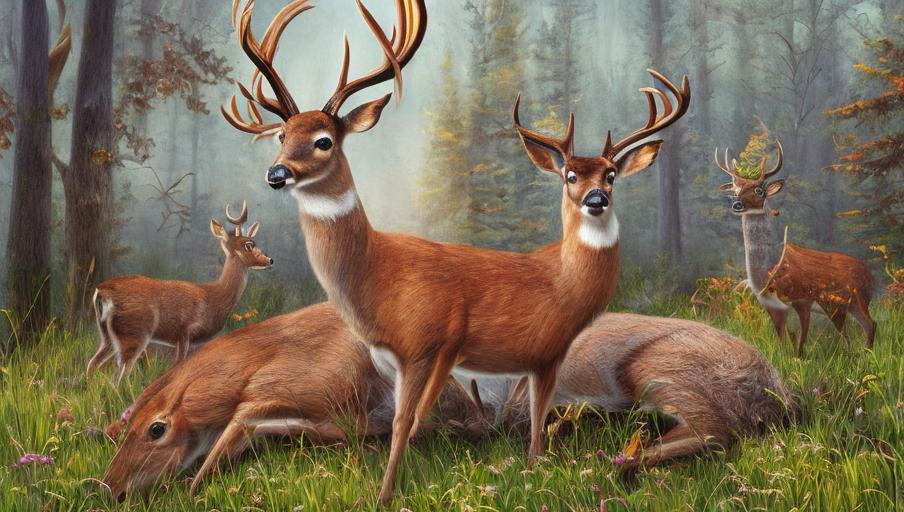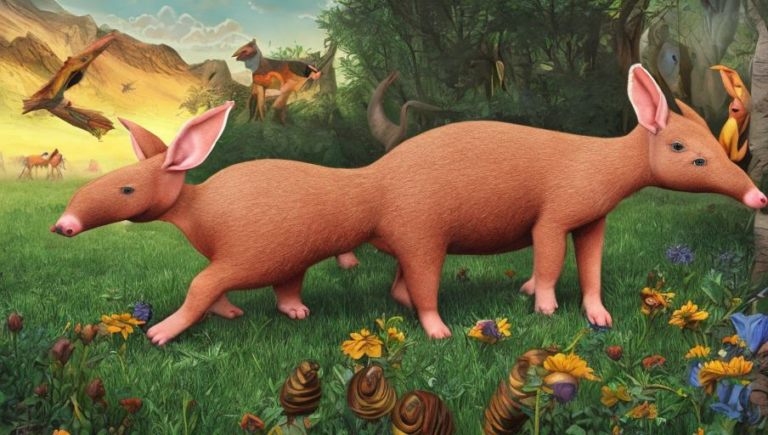Zapping Predators: The Many Ways Deer Protect Themselves

Introduction
Deer are often thought of as timid and gentle animals, but they are more than capable of protecting themselves. Through a variety of methods, deer have evolved to become masters of evasion and defense. These methods include behavioral strategies, physical features, and even chemical warfare.
Instinctive Behavior
Deer are equipped with a variety of instinctive behaviors that help protect them from predators. When faced with danger, deer will typically freeze and remain motionless, in hopes that the predator will be fooled and move on. If the predator persists, deer will often attempt to flee, using their speed and agility to outrun the predator. Deer have also been known to employ a type of deception, known as “stotting” or “stamping”, in which they will quickly jump up and down in front of a predator, in an attempt to confuse or scare away the predator.
Physical Features
Deer are also equipped with a variety of physical features that help protect them. These include their large eyes, which give them excellent vision in the dark, and their long, powerful legs, which allow them to move quickly and jump high. Deer are also equipped with a heavy coat of hair, which serves as insulation against the cold, as well as protection against predators. Finally, deer possess a strong sense of smell, which helps them detect predators at a distance.
Chemical Warfare
Finally, deer have been known to employ chemical warfare to protect themselves from predators. When alarmed, deer will secrete a pungent, musky scent from their glands, which serves to repel predators. This scent is also used to mark territories and warn other deer of potential threats.
Conclusion
Deer are fascinating creatures, and their ability to protect themselves from predators is a testament to their remarkable adaptability. Through a combination of instinctive behavior, physical features, and chemical warfare, deer have evolved to be one of the most successful species in the animal kingdom.





